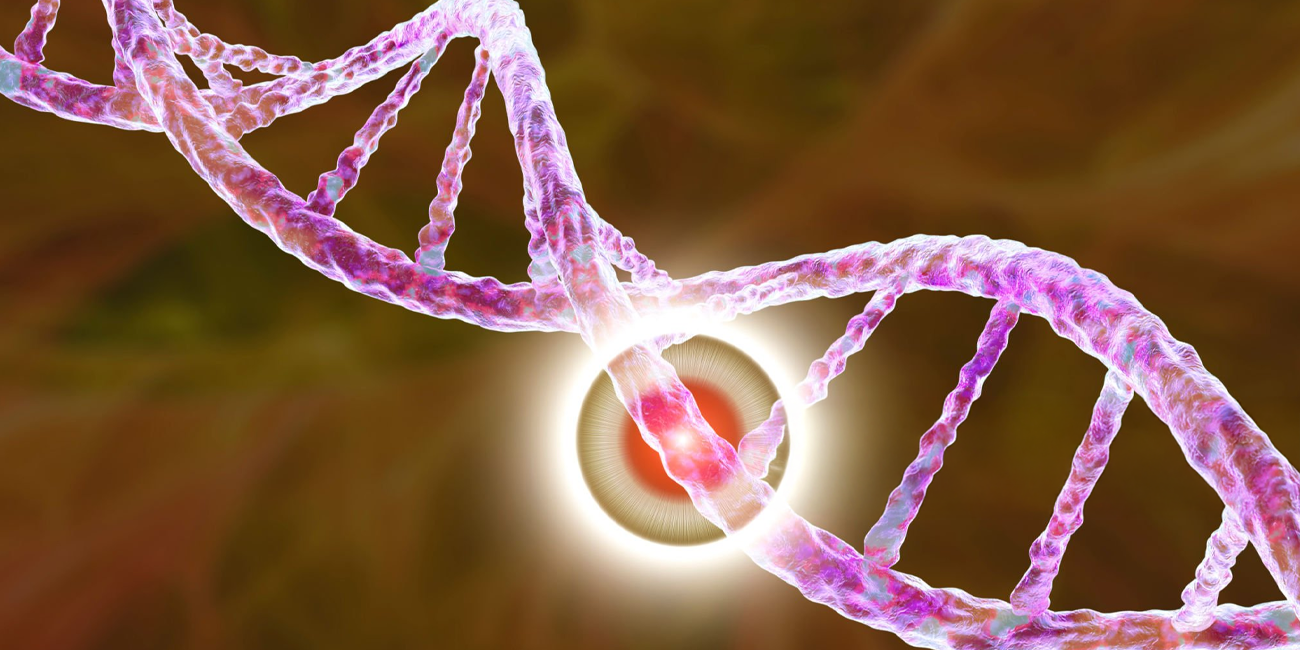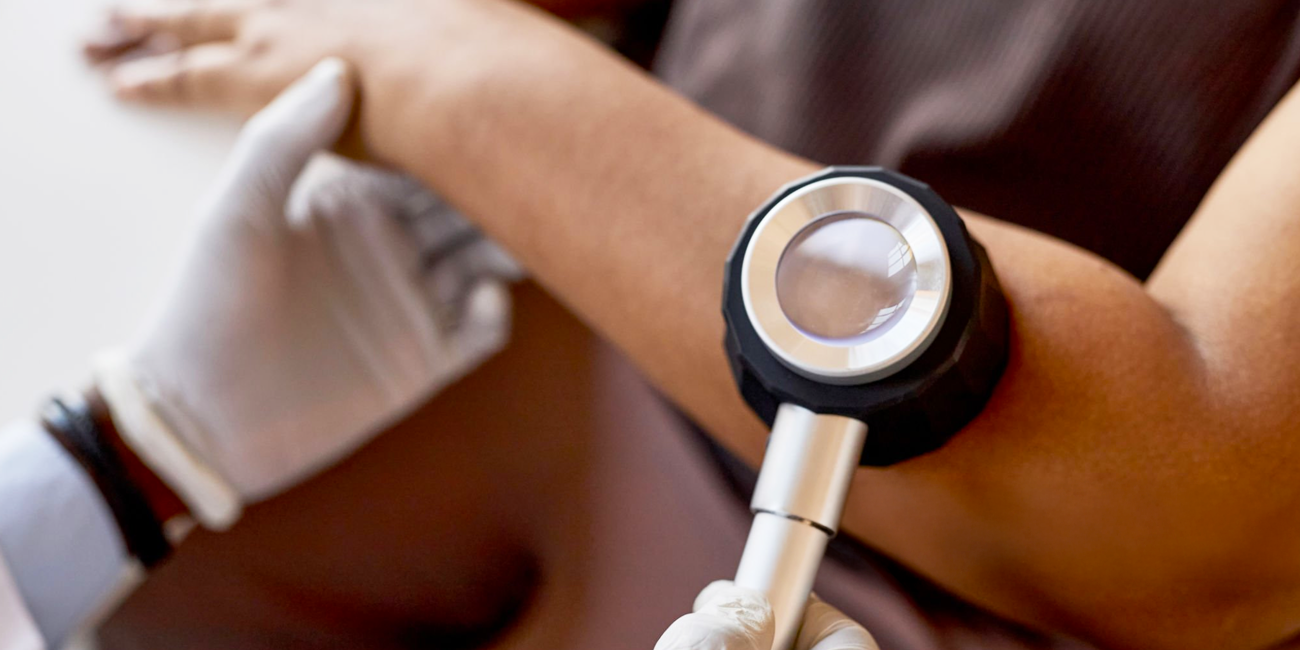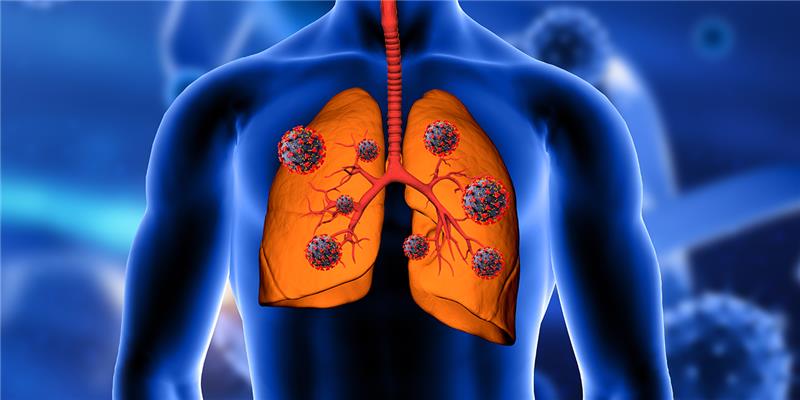
Book a Consultation
Thank you!
Your form has been sent successfully.



March 25, 2021
February is Cancer Prevention Month. To celebrate and spread awareness of the importance of regular screenings, we’ve put together a list of common cancers in men, along with their various screenings.
Screenings help doctors diagnose and treat many types of cancer, often before symptoms begin. Early detection is incredibly important because when this disease is found at its early stages, it is less likely to spread and easier to treat. Early detection also increases the chance of making a full recovery!
Sounds like everyone should follow the doctor’s orders and get screened!
The testicles are the male sex organ, which are located in a pouch of skin known as the scrotum. This is where the body stores and produces sperm, along with being the main source of the hormone testosterone. Testicular cancer begins when cells in the testicles begin to grow out of control. There are many different types of testicular cancer, based on where the disease has begun and how it grows. Regular testicular exams with your doctor are important to check for the signs and symptoms.
Undescended Testicle
Family History
Pervious History of Tumor in One or Both Testicles
HIV Infection
Many doctors recommend that all men do a self-exam once a month to check for any changes.
The best time to perform a self-exam of the testicles is during or after a bath or shower. This is when the skin of the scrotum will be most relaxed.
While it is normal for one testicle to be slightly larger or for one to hang a little lower, any sudden or drastic changes should be reported to your doctor. With regular self-exams, what is normal and what is not will get easier to spot.
Most types of testicular cancer can be found at an early stage, when the cancer is small and hasn’t spread, due to symptoms being noticeable. During an exam, the doctor will feel the testicles for signs of swelling and tenderness, along with checking for lumps. The doctor will also check the abdomen and lymph nodes carefully to check for signs of the disease spreading.
There are a few additional options your doctor has at their disposal:
Imaging Tests. Ultrasounds, CT scans, PET scans, and MRIs can all help the doctor to see inside the body, allowing them to check for signs of cancer. Ultrasounds are often the first test your doctor will order if testicular cancer is suspected.
Blood Tests. Doctors can use blood tests to diagnose testicular tumors by testing for high levels of certain proteins known as tumor markers, which signal tumor growth.
Surgery. Many types of cancer can be diagnosed by removing a small portion of the lump and sending the sample to a lab, otherwise known as a biopsy. Typically, this method is not used for testicular cancer due to the risk of spreading the cancer. Surgery is usually used once the diagnosis has been confirmed.
Prostate cancer is the second most common cancer found in men. The prostate is a small gland found in men, located at the base of the penis and rectum, deep inside the groin. The prostate is important for reproduction due to it suppling the seminal fluid, which help sperm travel and survive. It occurs when the cells in the prostate gland begin to grow out of control. There are many different types of prostate cancer, which depend on where the cancer begins and how it grows.
Prostate cancer is rare in men younger than 40, the chance rapidly increasing after age 50. Most cases of prostate cancer are found in men 65 and older.
Family History
Lynch Syndrome
Inherited BRCA1 or BRCA2 Gene Mutations.
*Diet, obesity, smoking, and many other factors are being studied for their effect on prostate cancer. While there appears to be some effect on the risk of developing this disease, the results are in need of further research.
While these screening tests are meant to scan for prostate cancer, these screenings cannot confirm a diagnosis. If results come back abnormal from the following tests, doctors typically must perform a prostate biopsy to know for sure.
Digital Rectal Exam. Oh the feared finger. A digital rectal exam, otherwise known as DRE, is when the doctor inserts a finger into the rectum to feel for any bumps or abnormalities on the prostate that could be cancerous. This is a quick, usually painless, test that is an important part of the prostate cancer screening process.
PSA Blood Test. Prostate-specific antigen, otherwise known as PSA, is a protein made by the prostate gland. As the level of PSA in the blood increases, the chance of developing this disease increases as well. So far there is no exact level of PSA that tells if someone does or does not have cancer.
Imaging Tests. Similar to testicular cancer, ultrasounds, CT scans, PET scans, and MRIs can all help the doctor to see inside the body, allowing them to check for signs of cancer.
Surgery. Taking a biopsy of the prostate is often one of the best options. By taking a sample of the prostate, doctors are able to tell for sure if there is a presence of cancer.
With the case of cancer diagnoses, it is extremely important to follow the doctor’s orders and get up to date on all recommended screenings. While it may seem like a hassle, getting screened can save your life; finding cancer before it can spread.
Some of the important things to remember with cancer screenings is that there is the possibility of false positive and false negative results. While these tests are an amazing asset, they are far from foolproof.
A false positive result comes from a test that shows that cancer is present, even though it is not. This can happen due to many reasons, whether that be an issue with the sample or simply an error at the lab.
A false negative result comes from a test that shows the patient is cancer free, even though they are not. A false negative result can be caused by errors in the sample or that the cancer simply doesn’t have the specific quality that is being tested for; no cancer is exactly the same.
Regardless of the results, it is important to keep a calm head and follow up with your doctor with what the next step should be.
If you enjoyed this blog, check out our other blogs on cancer related topics. Follow us on Facebook and Instagram
Written by D. Maves


December 16, 2025
Hearing a HER2 gene mutation on a report can feel scary, but it also p...
KNOW MORE

December 16, 2025
Seeing a dark streak under your nail that doesn't fade or grow out can...
KNOW MORE

December 16, 2025
If you're worried that an itchy or stubborn rash could be cancer, you'...
KNOW MORE

December 16, 2025
Hearing that your CT scan shows a spot on your lung can be unsettling....
KNOW MORE

November 13, 2025
Food choices feel high-stakes during cancer care, and because of that,...
KNOW MORE

November 13, 2025
Ablation treats prostate cancer using energy such as heat, cold, elect...
KNOW MORE
